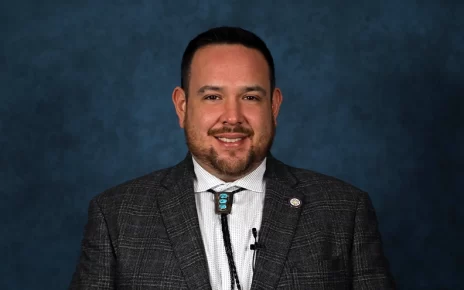September 2023 | senecaenvironmental.com
As the Seneca Environmental team grows, we’re fortunate to have the support of an outstanding group of interns. Their robust, diverse background and capabilities are rounding out the expertise of our team, ensuring that we’re well positioned for the greatest success. The Seneca Environmental intern program is overseen and managed by Hanna Sheridan, our Business Operations Manager.
“It has been incredibly rewarding to be surrounded by such bright young professionals,” said Hanna. “I am continually inspired by the passion and motivation of these interns to contribute their time and talents to heal the Earth, always keeping in mind the impact on the next Seven Generations, a guiding principle in our work.”
Now that the summer is drawing to an end, we’d like to highlight our interns and their contributions.
In this issue, we will be highlighting ELLIOT PORTER:

A member of the Seneca Nation, Elliot Porter is studying mechanical engineering at Stanford University. After a successful internship last summer with Seneca Holdings, during which he helped produce an excellent video highlighting various Seneca businesses, Elliot joined Seneca Environmental this summer to focus on the potential of renewable energy. Elliot is motivated by a desire to help his nation and to use his engineering skills for Earth-healing work. As a member of the Nation, Elliot is a co-owner of the Seneca Holdings businesses; he is proud to help the company to diversify and expand its work in environmentally beneficial industries.
Elliot has already made valuable contributions that will further the work of Seneca Environmental. To provide a foundation for helping Native communities build renewable energy projects for independence and economic development, we needed an understanding of what these groups have done to date. Elliot spent the summer building a database that gives us a landscape analysis of what the 574 Tribes and Native Nations across the country are doing in energy. That includes documenting which tribes have utilities as well as which tribes are joining coalitions to make renewable energy projects happen. We believe that collaboration is the key to deploying renewable energy at the necessary speed and scale, and the database will help us connect with potential Native partners.
In researching Native Nations’ energy work to date, Elliot found that the largest Native Nations weren’t necessarily the ones doing the most renewable energy work. A number of challenges have kept many Native Nations from embarking on renewable energy projects, such the high upfront costs coupled with a lack of access to federal incentives — something that’s changing now with the Inflation Reduction Act, federal grants, and the Biden Administration’s Justice40 Initiative.
There’s still more to learn about Native renewable energy projects in the U.S., and Elliot hopes to continue building out the database he’s started. We look forward to continuing to work with him.
Visit the Seneca Environmental Blog to learn about their other Interns HERE.




